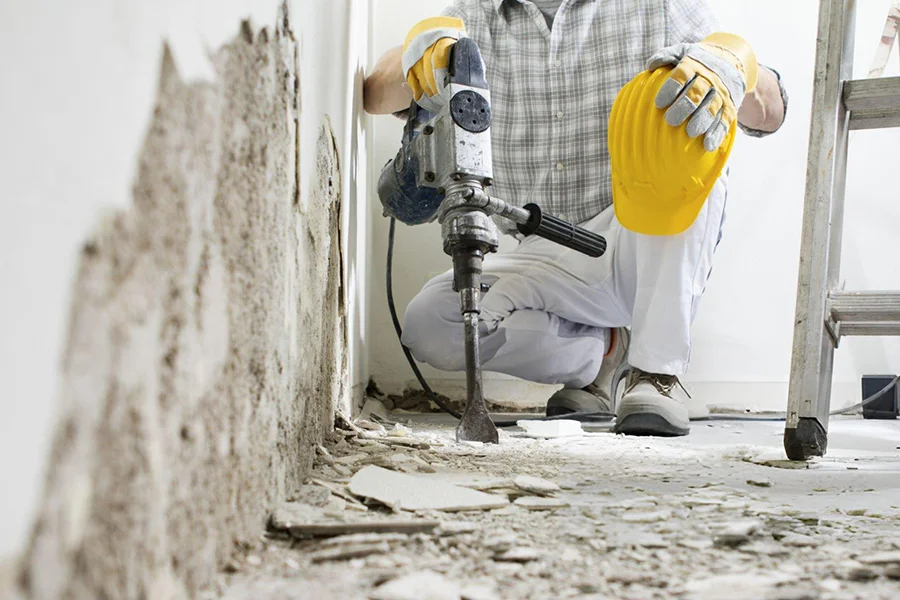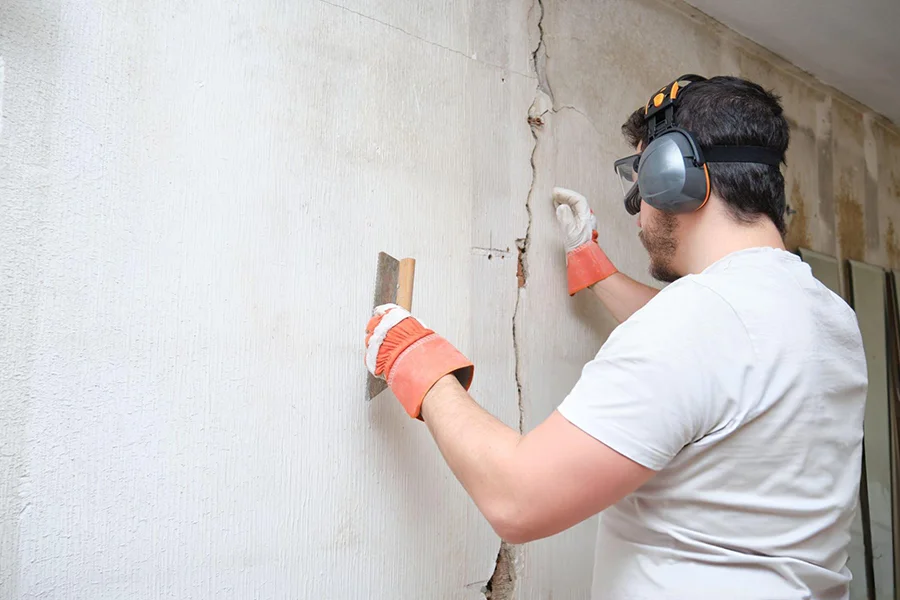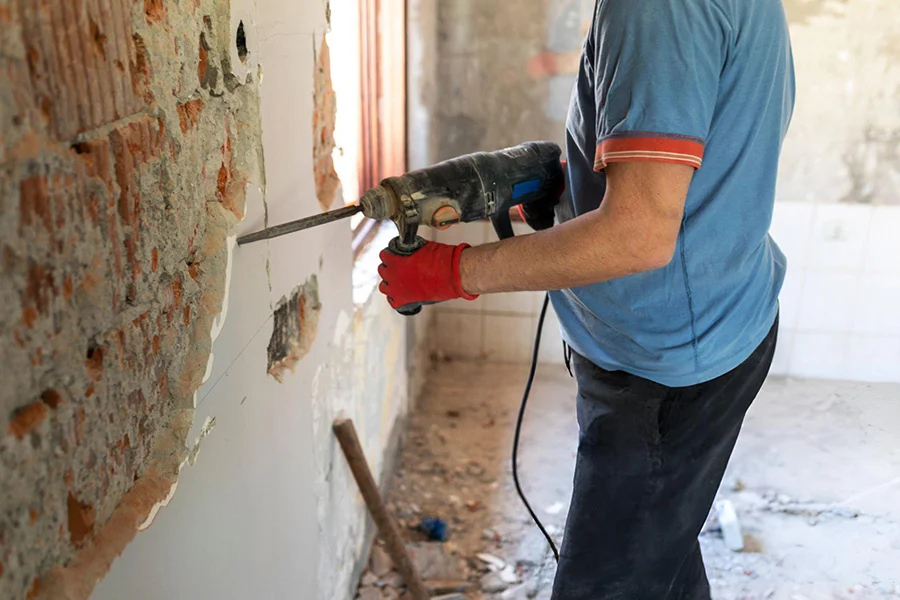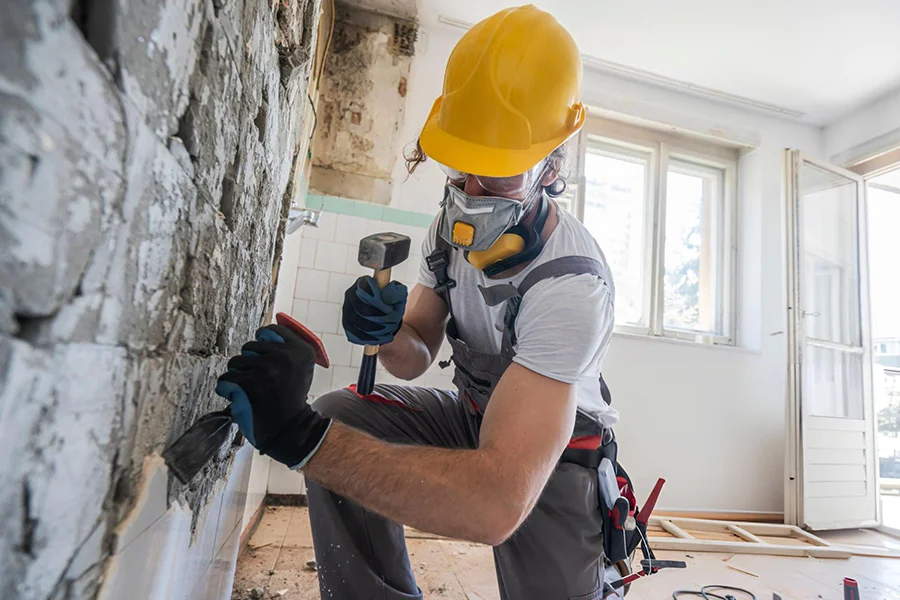Cracked Wall and Structural Repair in Palestine, TX
- Free Estimates
- Lifetime Warranty
- Special Discounts
What Your Neighbors Are Saying About Us
Our Services
- Concrete Slab Foundation Repair
- Pier and Beam or Block and Base Foundation Repair
- Basement Wall Repair
- Elevated Pilings or Stilts Foundation Repair
- Basement Waterproofing
- Cracked Wall / Structural Repair
- Drainage Services and Repair
- House Raising / Lifting
- House Leveling
- Leak Detection
- Plumbing Services
- Retaining Wall Repair
- Root Barrier
- Tunneling
- Commercial Foundation Repair
- Mobile Homes
- Gutter Installation
- Slab Foundation Replacement
- Soil Removal
- Soil Stabilization
- Compaction Grouting
- Slurry Grouting
- Void Filling
- Pressed Concrete Pilings
- Pressed Steel Pilings
- Slab Pier Installation
- Pre-Construction Pier Installation
How Cracked Wall and Structural Repair in Palestine, TX Works
Cracked walls may seem like a cosmetic issue, but in many cases, they signal serious underlying structural damage — especially when they appear suddenly, grow over time, or reappear after patching. In Palestine, TX, soil movement, moisture fluctuations, and poor drainage are common causes of structural stress that result in cracked walls, leaning surfaces, or even foundation shifts.
At Palestine Foundation Repair, we specialize in identifying the source of structural wall cracks and implementing long-term repair solutions to restore your home’s integrity and stability.
Our Process for Structural Wall Repair:
- Inspection and Crack Mapping
We assess whether cracks are vertical, diagonal, stair-step, or horizontal — each with different structural implications. - Soil and Foundation Evaluation
We check for underlying foundation movement or settlement causing stress to walls. - Targeted Repair Solutions
Based on the cause and severity, we may use:- Epoxy Injection to seal structural cracks and restore wall strength
- Carbon Fiber Reinforcement to stabilize bowed or cracking foundation walls
- Pier Systems to lift and support sinking foundations causing wall stress
- Wall Bracing or Anchoring for severe movement or bowing walls
- Epoxy Injection to seal structural cracks and restore wall strength
Our goal is to correct the cause — not just cover up the symptom.

Benefits of Cracked Wall and Structural Repair in Palestine, TX
Leaving structural cracks untreated can result in moisture damage, mold, pest intrusion, and even eventual collapse. Fast, professional repair protects your home now — and long into the future.
Advantages of Addressing Wall Cracks Early:
- Prevents Further Structural Damage
Catching issues early prevents costly future repairs to your foundation or framing. - Protects Interior Finishes
Wall cracks can damage drywall, paint, trim, and flooring if ignored. - Stops Water Intrusion
Cracks allow moisture to seep in, damaging insulation and interior materials. - Improves Home Value and Marketability
A structurally sound home is more attractive to buyers and easier to insure. - Increases Safety
Structural movement can weaken load-bearing walls — early repair prevents hazards. - Peace of Mind
Know your home is safe, solid, and secure with our lifetime transferable warranty.
- Prevents Further Structural Damage

What to Expect During Cracked Wall and Structural Repair in Palestine, TX
We make it easy for homeowners to get long-term solutions for structural cracks with clear communication and minimal disruption.
Our Repair Process:
- Free Inspection & Damage Analysis
We inspect all cracks, evaluate your foundation, and document movement patterns. - Customized Repair Plan
You’ll receive a full report with recommended solutions to address both surface damage and the structural source. - Repair Execution
Depending on the solution, our team installs wall reinforcements, pier systems, or crack injection materials. - Final Testing & Walkthrough
We review everything with you, test all repairs, and provide your warranty documentation.
Most cracked wall repairs are completed within 1–3 days, depending on the severity and scope.

Cost of Cracked Wall and Structural Repair in Palestine, TX
Pricing depends on whether your cracks are purely cosmetic or a sign of a larger structural issue. Our team will provide a transparent, itemized proposal after a thorough inspection — no fluff, no pressure, and free of charge.
Factors That Impact the Cost:
- Location and size of cracks (interior vs exterior, small vs large)
- Whether wall bowing, leaning, or sinking is involved
- If foundation piers or wall anchors are needed
- Crawl space or basement accessibility
- Severity of soil movement or erosion under the foundation
We offer financing options to ensure you can get essential repairs now and protect your home without delay.

Why Choose Us for Cracked Wall and Structural Repair in Palestine, TX
Not every contractor is equipped to deal with structural issues — we are. We don’t just patch walls — we solve the root cause.
Here’s What Sets Palestine Foundation Repair Apart:
- Local Soil and Foundation Experts
We understand how the expansive clay soils in East Texas affect structural walls. - Comprehensive Solutions
Whether it’s crack injection, piering, or wall anchoring — we provide the right fix, not just a fast one. - Free Inspections
Our honest, pressure-free inspections help you make informed decisions. - Lifetime Warranty
Our structural repairs come backed by a warranty that adds value and peace of mind.
Family-Owned and BBB Accredited
We’re your neighbors, not a franchise — and we’re here for the long haul.- Local Soil and Foundation Experts
FAQs About Cracked Wall and Structural Repair in Palestine, TX
Find answers to our most commonly asked questions, from our services and pricing to the benefits of working with us. For more assistance, feel free to reach out to our team!
What types of cracks are considered serious?
- Horizontal cracks often signal serious foundation stress.
- Stair-step cracks in brick or block walls are also red flags.
- Vertical cracks wider than 18″ should be evaluated.
Can cracks be sealed without structural repair?
Cosmetic cracks can often be filled, but if they’re recurring or growing, a deeper issue must be addressed.
Is this covered by insurance?
Typically, structural settlement is not covered unless caused by a covered peril. We can help document damage for claims if applicable.
Will the cracks come back after repair?
Not if the underlying foundation issue is corrected — which is our top priority.
Looking for Cracked Wall and Structural Repair in Palestine, TX Near Me
If you’re searching for cracked wall repair near me in Palestine, TX, trust the specialists at Palestine Foundation Repair. From hairline cracks to major structural movement, we provide permanent solutions to protect your home’s integrity.
We don’t cover up the damage — we fix it at the source with proven repair systems, professional-grade materials, and long-term warranties you can count on.
Call us now at 903-690-7060 for your free inspection and get expert answers to your structural wall concerns.
